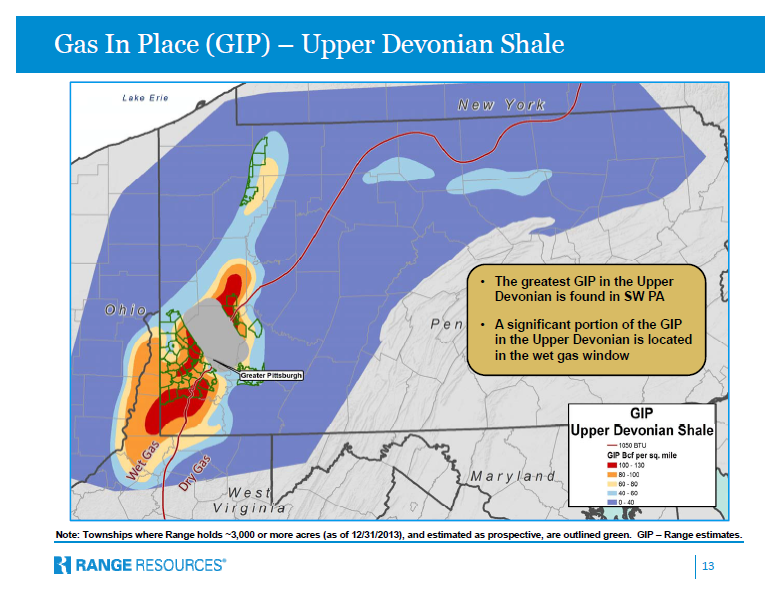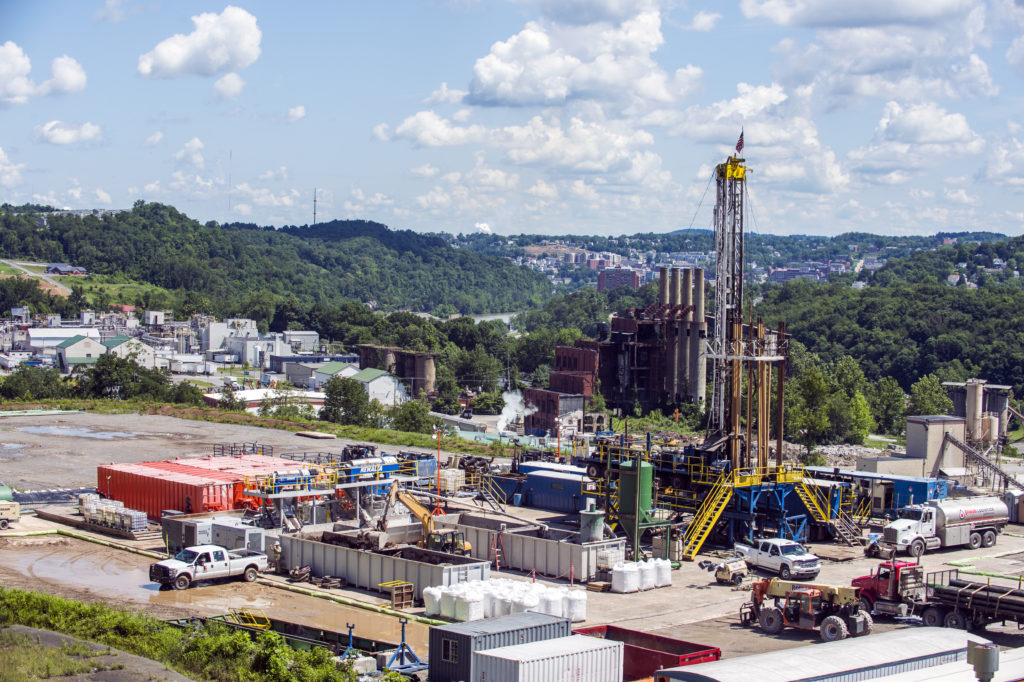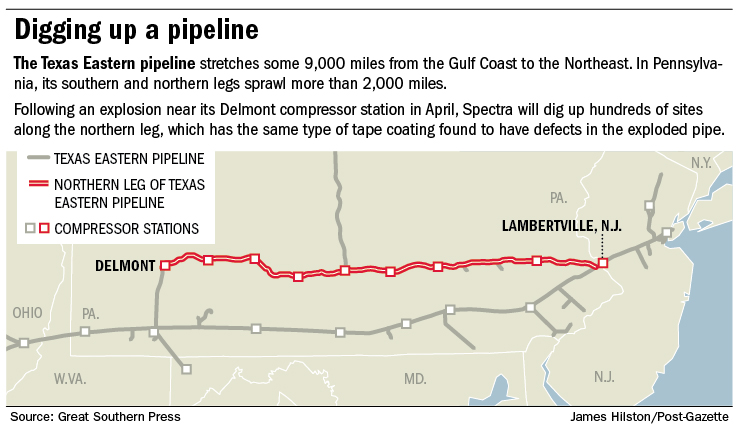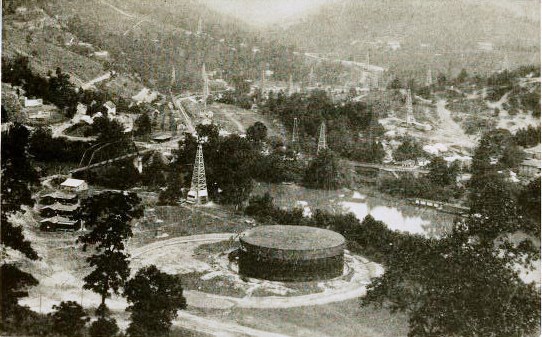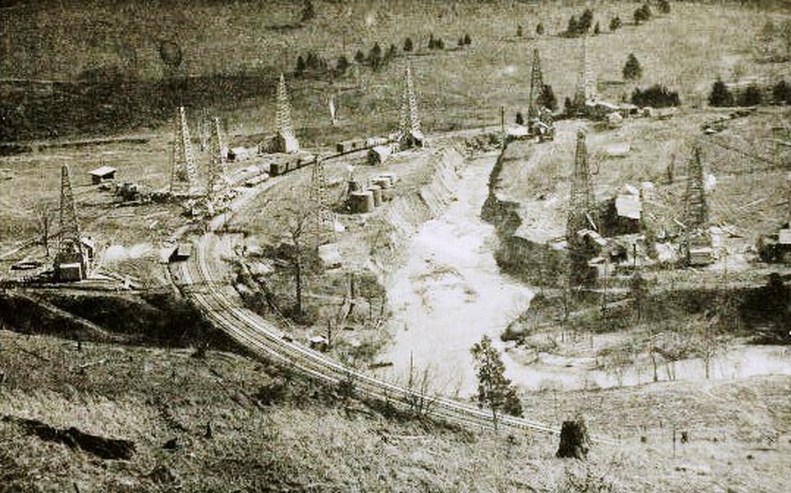A study by Deloitte is saying that oil and gas companies have underspent over the last couple of years. They haven’t put enough money into developing new resources. That means that sometime in the next few years we’re going to see a shortage of new oil and gas reserves coming online, which will lead to a shortage of oil and gas on the market, which will lead to high prices for oil and gas. When will the producers learn to manage themselves properly?
Natural gas prices are still near $2.75/MCF. Injection into storage was a little higher than expected for last week, but below last year’s number for the week and below the five year average for the week.
$50/bbl oil seems to be the point where at least some producers want to start bringing on new drilling rigs. Whether that’s going to last is up to the Saudis and Iran. The Saudis can increase oil production by 1 million barrels per day practically overnight, and by another 1 million barrels per day in about six months. That would drive prices down. Iran is halfway to the 4 million barrel mark, which is the amount it was producing before sanctions and which is its goal for future production. Between Saudi Arabia, Iran, and American companies, it’s unlikely that we’ll see prices much over $50/bbl for a little while. Higher prices are coming, though.
Because of Brexit the dollar is up, the markets are in turmoil, and oil prices are dropping. Natural gas prices, however, are still around $2.70/MCF. Decreased production is the reason. It’s all about the fundamental supply/demand balance.
David Einhorn sees gas prices going up, essentially because of a lack of supply. This Seeking Alpha article sums up his five points, but “lack of supply” sums up the article.
Stone Energy has re-opened it’s Mary field here in West Virginia. Gas prices have risen enough, and Stone obviously expects them to stay high.
Here in West Virginia we’re more interested in what happens with natural gas prices, and the market forces are different enough for natural gas from oil that what affects oil won’t directly affect natural gas. However, when oil prices drop a lot natural gas prices often drop a lot too. Consequently we keep tabs on oil. Also, people in general want to know what’s going on with oil prices because that affects the price at the gas pump. So, here’s a good summary of what’s affecting oil prices right now. It’s short enough that it doesn’t warrant our own summary. The last paragraph is the most interesting to me.
Oil prices have moved up, and the oil industry thinks things have stabilized. If I were an oil driller, I’d be doing everything I could to keep the good people in my business on board. Not that prices are going through the roof any time soon; they’ll probably stay below $60 until the second half of next year. I’d be figuring out how to produce oil (same goes for natural gas) in the current market at a profit, and the only way to do that is with good people.
July 1, 2016, and gas prices hit $3.00/MCF.
Here we are on July 21, 2016, and gas has dropped to $2.69/MCF and has spent some time below that price. I suppose that investors took a look at gas production, gas storage rates, and the amount of gas in storage, and realized that (spoiler!) we still have a ton of gas! Paying $3.00/MCF just didn’t make sense. Maybe we’ll hit that this winter when we start using more gas than we produce. Of course, this weekend is supposed to be a scorcher across a good chunk of the country, so maybe prices will bump up when next week’s storage report comes in lower than expected. Who knows? It’s sure fun to speculate, isn’t it?
I can say one thing for sure, leasing seems to be picking up. We picked up two new clients in the last week or so, and have a couple more who we expect to come on board in the next few days. We have at least one call a day from someone who needs to know what an oil and gas lease is all about. The drilling companies seem to think that higher gas prices are here to stay.

